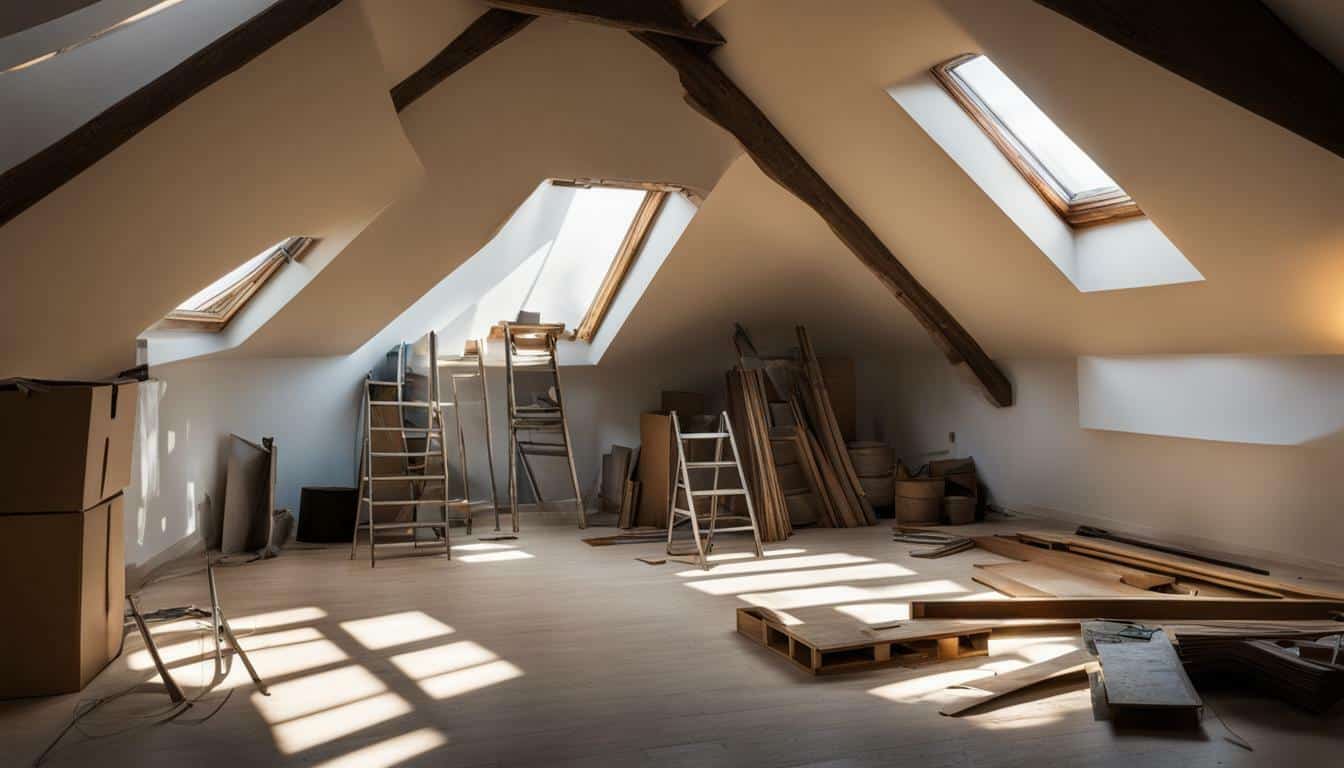In today’s world, finding ways to live more sustainably is crucial. Homeowners and real estate developers alike are seeking energy-efficient homes DIY tips to reduce energy consumption, save money, and promote environmental health. This comprehensive guide is designed to equip you with practical strategies to transform your home into a more energy-efficient space.

Understanding Energy Efficiency in Homes
Creating an energy-efficient home involves implementing measures that reduce energy consumption while maintaining comfort and functionality. This can result in significant cost savings and reduced environmental impact.
Why Prioritize Energy Efficiency?
- Environmental Impact: Using less energy reduces pollution and conserves natural resources.
- Cost Savings: Lowering energy usage cuts monthly utility bills.
- Increased Comfort: Proper insulation and efficient heating/cooling systems create a comfortable living environment.
Assessing Your Home’s Current Energy Status
Begin by evaluating your home’s current energy consumption. Tools like energy audits can highlight inefficiencies and guide improvements.
Performing an Energy Audit
Consider hiring a professional or using DIY methods to understand your energy usage patterns. Draft a plan for improvements based on audit results.
DIY Tips for Enhanced Insulation
Insulation is key to maintaining your home’s temperature year-round. Enhancing insulation can drastically reduce energy costs.
Sealing Air Leaks
Check for gaps around windows, doors, and vents. Use weatherstripping or caulking to seal leaks and prevent air from escaping.
Insulating Attics and Walls
Invest in high-quality insulation materials for your attic and walls to enhance thermal comfort.
Upgrade to Energy-Efficient Windows
Windows play a vital role in home energy efficiency. Consider upgrading to double-glazed windows or adding window films to reduce heat transfer.
Optimizing Heating and Cooling Systems
Efficient heating and cooling systems are essential for comfort and cost-effectiveness. Regular maintenance and upgrades can make a significant difference.
Adopting Smart Home Technologies
Smart thermostats and energy monitors provide better control over energy usage, optimizing efficiency.
Utilize Renewable Energy Sources
Harnessing renewable energy on a small scale can further reduce your carbon footprint. Consider installing solar panels or wind turbines.
Energy-Saving Lighting Solutions
Swap out old incandescent bulbs for LED lighting, which consumes less energy and lasts longer.
Water Efficiency Measures
Implement water-saving fixtures and appliances to reduce water wastage.
Explore Government and Local Incentives
Research available financial incentives for homeowners who implement energy-saving measures.
Connect with Experts
Seeking professional guidance can help you make informed decisions tailored to your specific needs. For guidance on sustainable practices, explore this international resource.
Resources for Additional Learning
For more comprehensive strategies on green construction, please visit the best practices page.

FAQ Section
What are basic DIY tips for making my home energy-efficient?
Start with sealing air leaks and improving insulation. Switching to energy-efficient appliances and installing a smart thermostat are also effective steps.
How can I reduce my water usage effectively?
Consider installing low-flow faucets and showerheads. Regular checks for leaks can also prevent water wastage.
What financial options exist for energy-efficient upgrades?
Many local governments and utility companies offer incentives or rebates for energy-saving improvements in homes.
Embarking on the journey toward a more energy-efficient home is not only beneficial for the environment, but also for your wallet. With the right energy-efficient homes DIY tips, achieving a sustainable living space is closer than ever.
This article contains affiliate links. We may earn a commission at no extra cost to you.




